NASA Astronomy Picture of the Day 21 February 2023: Comet ZTF over Yosemite Falls
NASA’s Astronomy Picture of the Day is a snapshot of the Comet ZTF as it streaked across the skies above Yosemite Falls.
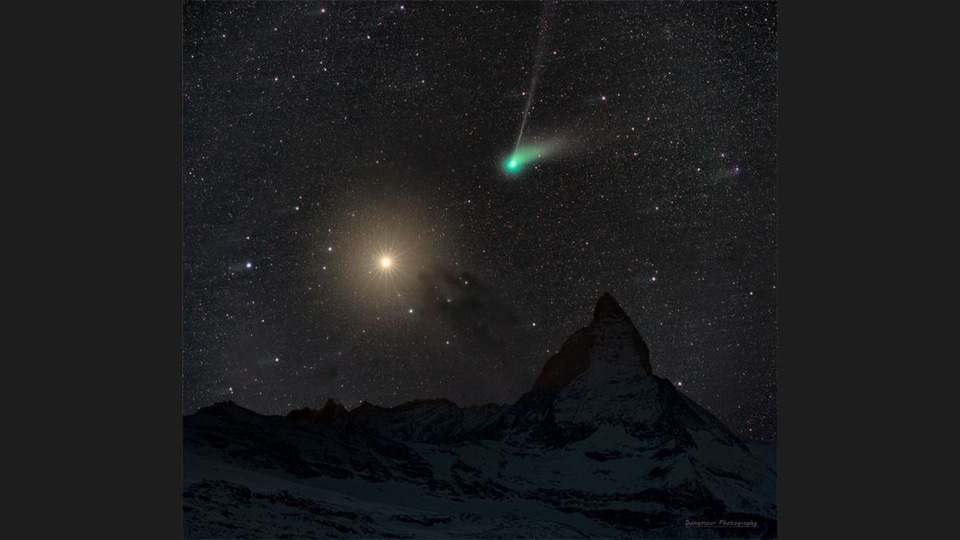
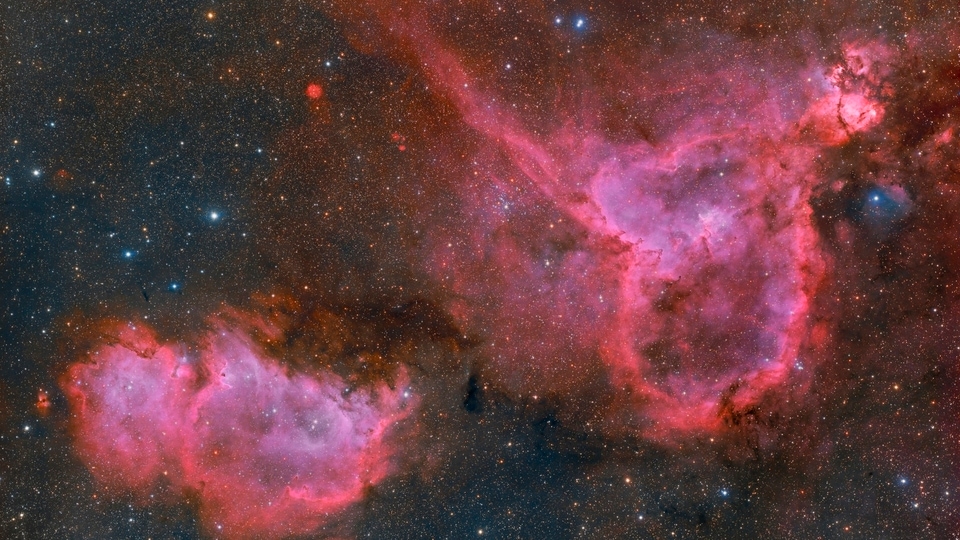
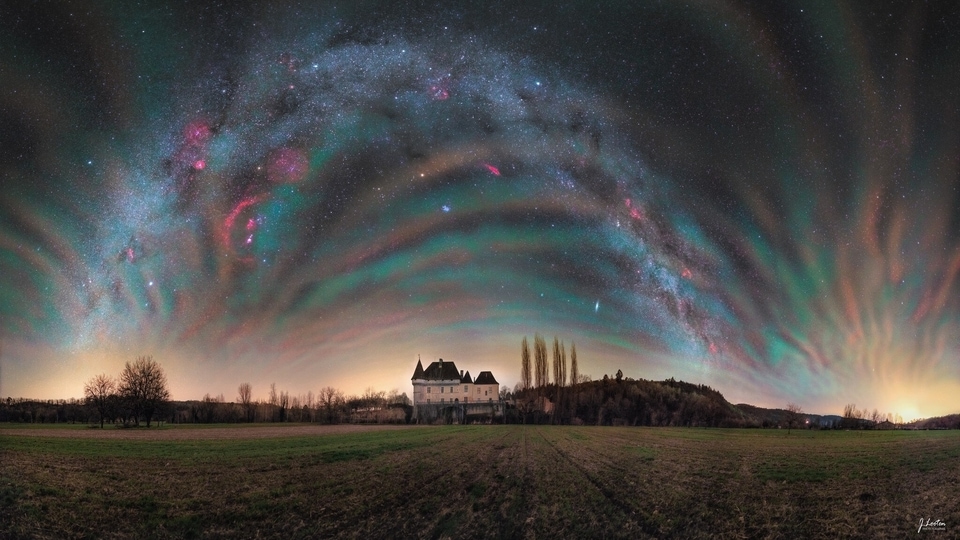

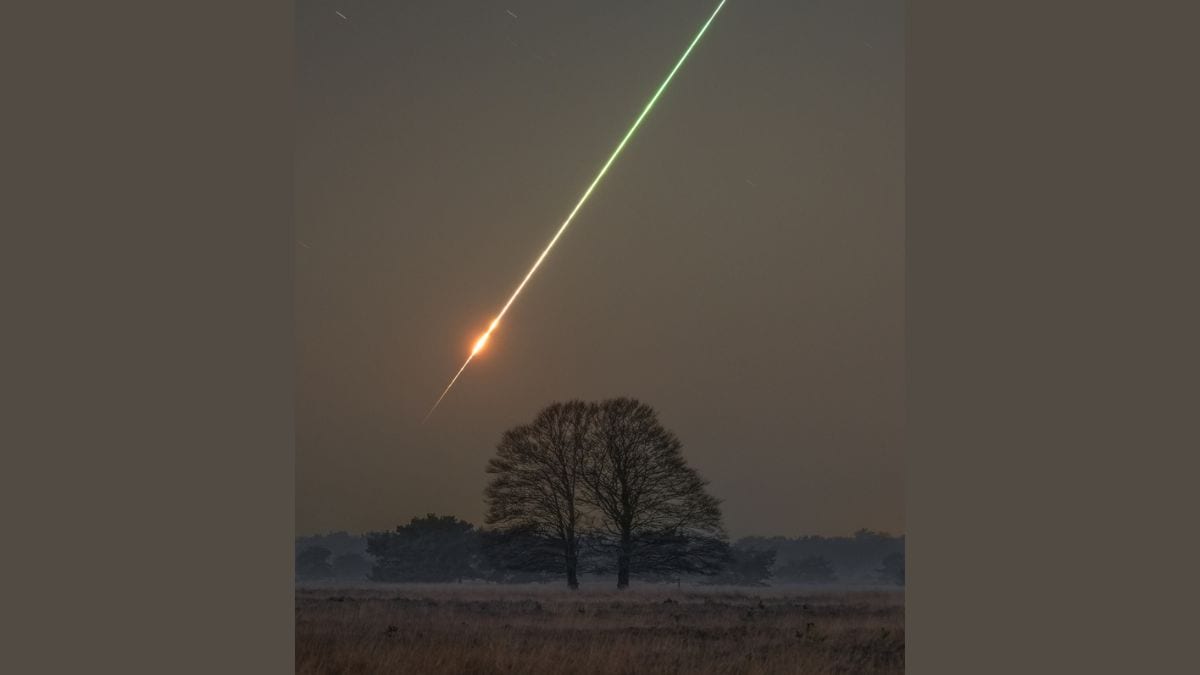
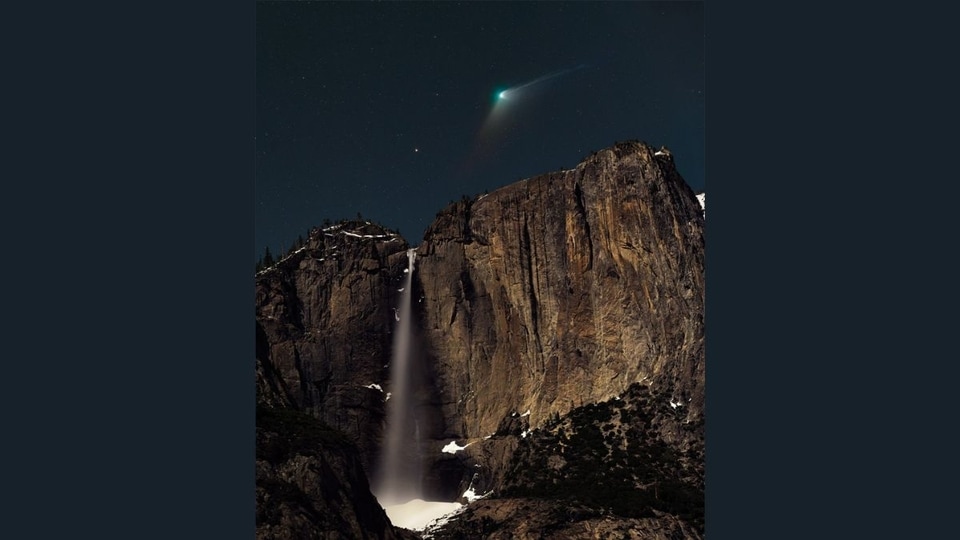
 View all Images
View all ImagesOn February 1, the Green Comet ZTF made its closest approach to Earth, which was observed by astronomers and sky-watchers worldwide. Comets are of great interest to scientists as they are remnants of the early Solar System, providing valuable information about its composition and conditions. While comets often pass close to Earth, Comet C/2022 E3 (ZTF) is particularly noteworthy because it has a 50000-year orbit, meaning the last time it came close to Earth was almost 50000 years ago during the Upper Paleolithic period when Neanderthals were still present on Earth.
NASA's Astronomy Picture of the Day is a mesmerizing picture of Comet ZTF streaking across the skies over Yosemite Falls located in the Sierra Nevada region of California. According to NASA, this comet was discovered by astronomers using the wide-field survey camera at the Zwicky Transient Facility in 2022 in March last year. Comet C/2022E3 (ZTF) is a long-period comet that originated in the Oort cloud. The picture was captured by astrophotographer Tara Mostofi.
The picture captures the asteroid falling towards the Sun over the Yosemite Falls.
NASA's description of the picture
They are both falling. The water in Yosemite Falls, California, USA, is falling toward the Earth. Comet ZTF is falling toward the Sun. This double cosmic cascade was captured late last month as fading Comet C/2022 E3 (ZTF) had just passed its closest to planet Earth. The orange star just over the falls is Kochab. With the exception of a brief encounter with a black bear, the featured image was a well-planned composite of a moonlit-foreground and long-duration background exposures - all designed to reconstruct a deep version of an actual single sight.
Although Comet ZTF is now fading as it glides back to the outer Solar System, its path is determined by gravity and so it can be considered to still be falling toward the Sun -- but backwards.
Catch all the Latest Tech News, Mobile News, Laptop News, Gaming news, Wearables News , How To News, also keep up with us on Whatsapp channel,Twitter, Facebook, Google News, and Instagram. For our latest videos, subscribe to our YouTube channel.
































